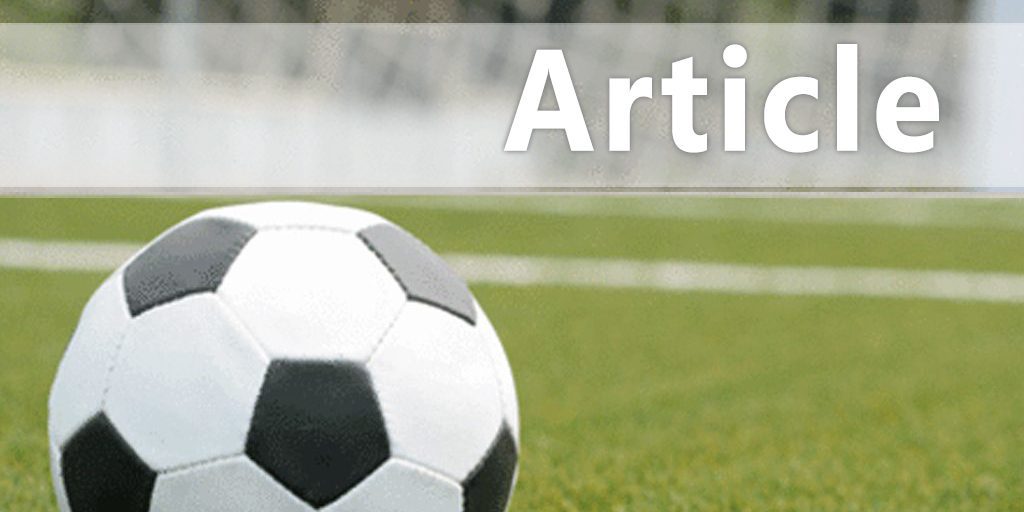| Concussion Management for Coaches -
The Concussion Management Plan
Concussion Policy
The beauty of this type of legislation is that it applies to all student athletes, regardless of age, involved in school sports. In some states the law also applies to private schools, associations, clubs and other organizations using school property. The consistency in application of concussion policy is a great educational experience for parents and students. In time, every parent and athlete should become well versed on concussion management. Concussion Education Baseline Neuropsychiatric Testing A tests such as IMPACT™ (http://www.impacttest.com), and Concussion Vital Signs (http://www.concussionvitalsigns.com/) are available online and costing as little as a few dollars per test. I often hear that schools don't have money for even this. In many communities the local sports medicine clinic, orthopedic surgeons, parents group, or booster club has provided the test for free. The low costs of these tests are also easily within the reach of local fundraising. Don't be afraid to ask – you'll be doing your job as a good coach. Concussion Management Policy
This may seem like a lot to ask and you will notice I didn't say any specific amount of time needs to pass before returning to the sport. Setting an arbitrary time for sitting out before returning to practice or play is not good concussion management because every injured brain heals on a different time schedule. Brain healing can take days to years to occur. Every concussion is different and it is important to wait for healing to occur before even considering a return to the sport. Treatment Conclusion James K. Wright, MD, Col, USAF (Ret) |


